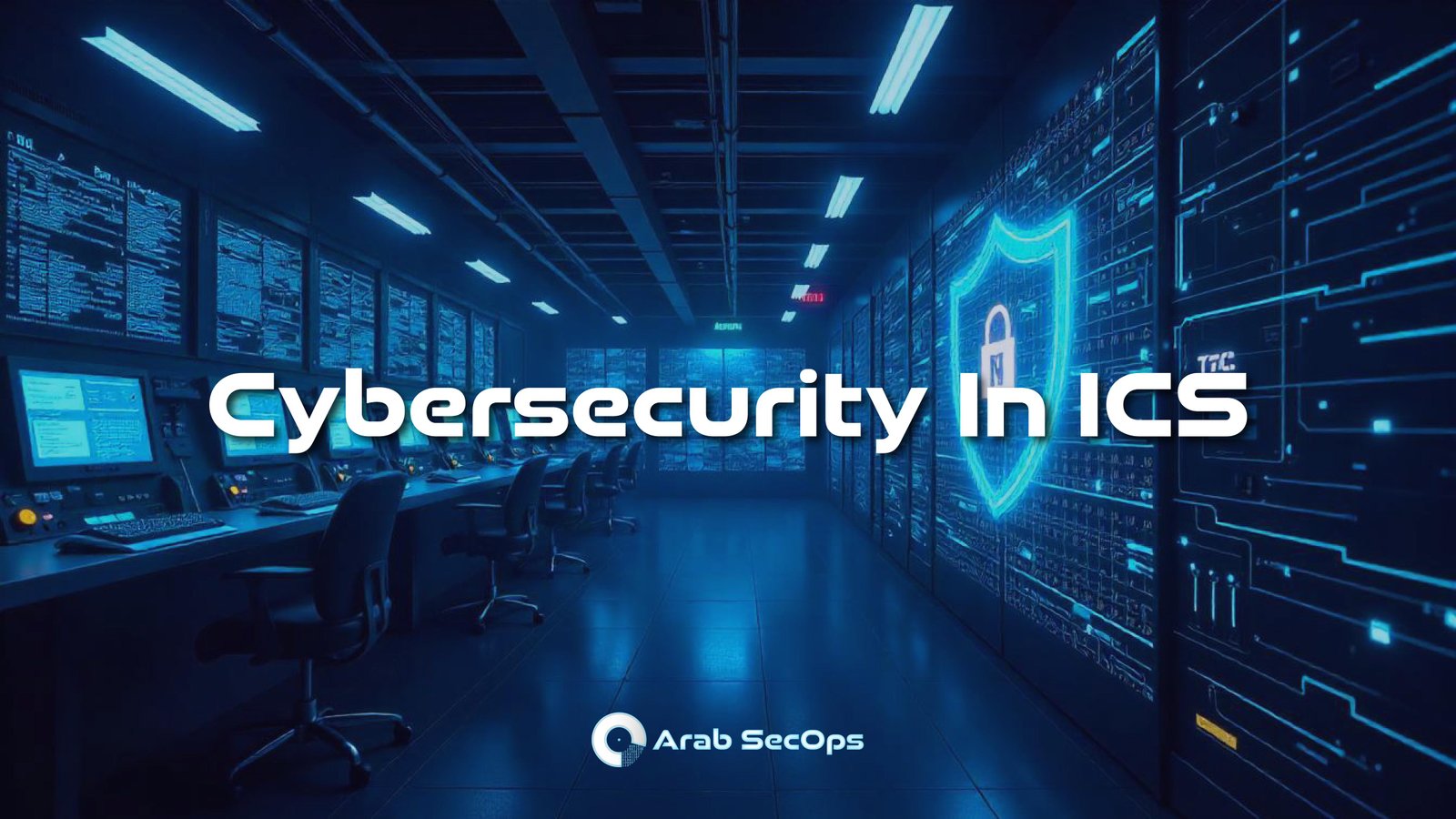
Cybersecurity in ICS
1 like
Industrial control systems and SCADA technology are the invisible engines powering our daily lives. Think about the electricity keeping your lights on, the clean water from your tap, or the traffic signals managing your commute that's all these systems working behind the scenes. SCADA acts as the central brain, gathering data and making decisions, while the broader category of Industrial Control Systems (ICS) encompasses all the hardware and software executing those commands on factory floors, in power plants, and at water treatment facilities. They're quite literally the backbone of modern infrastructure.
The frightening reality is that these critical systems have become major targets for cyber attackers. The stakes here aren't just data breaches or financial loss; we're talking about potential realworld, physical chaos. Imagine an entire city plunged into darkness because hackers compromised the power grid, or contaminated water flowing from taps because treatment controls were sabotaged. These aren't hypothetical nightmares we've already witnessed attacks like Stuxnet, which physically damaged Iran's nuclear centrifuges, NotPetya that crippled global businesses including power suppliers, and the chilling Triton attack targeting safety systems in a Saudi petrochemical plant. Hackers often bypass physical security entirely, exploiting surprisingly simple "digital backdoors" like infected USB drives left plugged in, forgotten unsecured WiFi networks, convincing phishing emails, or ancient software protected by laughably weak passwords.
So why are these vital systems so vulnerable? Frankly, it's a historical quirk. Much of this critical technology was built decades ago in an era before cybersecurity was a genuine concern. Back then, robust password protection was often an afterthought, and connecting these systems to the outside world let alone the internet was never part of the design. Fast forward to today, and we've modernized by linking these legacy systems to digital networks for efficiency and remote control, but frequently without adequately securing that critical bridge between the old, fragile ICS world and the modern, interconnected one. It’s like taking a vintage, unprotected fuse box and wiring it directly into the public internet.
Protecting these systems doesn't always demand incredibly complex solutions, though. Some of the most effective defenses are refreshingly straightforward. If a critical machine doesn't genuinely need internet access, isolate it completely create an "air gap" to force attackers to work much harder. Implement strict access controls: determine who truly needs access and enforce strong, unique passwords combined with multifactor authentication everywhere possible, eliminating shared logins. Diligent, continuous monitoring is crucial; understanding what "normal" looks like on your ICS network allows you to spot anomalies quickly. And critically, train your people thoroughly. Employees are your first line of defense; teach them to recognize phishing attempts, understand the risks of random USB drives, and cultivate a culture where reporting anything suspicious is encouraged.
While global standards like ISA/IEC 62443 and NIST frameworks exist to guide ICS security, implementing them effectively remains a significant challenge for many organizations. Juggling tight budgets, operational pressures to maintain uptime, and the perceived complexity of these standards makes finding the right balance between robust security and operational efficiency incredibly tough. It's a constant tightrope walk, but one that's absolutely essential.
The future of ICS security is a dynamic, ongoing arms race. On the positive side, emerging technologies like Artificial Intelligence and Machine Learning offer promise by rapidly analyzing vast amounts of data to detect subtle anomalies faster than humans can. Digital twins virtual replicas of physical systems provide safe environments for testing security measures and practicing incident response. However, attackers are also relentlessly evolving, becoming more sophisticated, targeted, and persistent in their efforts.
Here's the encouraging part: the urgent demand for professionals who understand this unique intersection of industrial operations and cybersecurity is skyrocketing. Governments, utility companies, and manufacturers are actively seeking talent. The best news? You don't need to be a master coder or hold a PhD to enter this vital field. A genuine willingness to learn, a deep understanding of how these systems actually function in the real world, and a passion for safeguarding the critical infrastructure we all depend on that's the fundamental foundation needed right now.
The bottom line is stark: ICS and SCADA aren't just abstract tech jargon. They are the fundamental systems keeping our cities functioning, our water clean, and our industries moving. Their critical nature makes them prime targets for those seeking to inflict maximum disruption. We've seen the tangible damage possible. While the vulnerabilities are often rooted in outdated technology, the core solutions frequently involve fundamental security hygiene, unwavering vigilance, and intelligent network design. We're finally recognizing how crucial securing these invisible systems truly is. This conversation about protecting the very foundation of our modern world? It's not ending it's only just beginning.